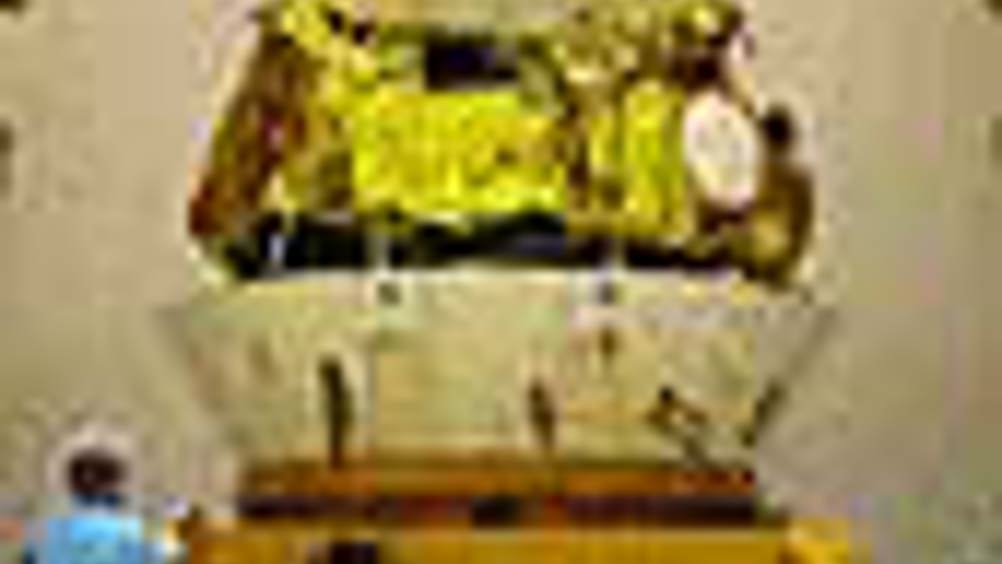Stars in his eyes
SSTL may be small, but it is a leading player in the world of space science. As the company celebrates the launch of the first Galileo satellite, Jon Excell talks to its founder and chief executive, Prof Sir Martin Sweeting.

Cape Canaveral, Houston and Baikonur are all locations that readily trip off the tongue of any self-respecting armchair astronaut. Guildford almost certainly isn’t.
But while the leafy surrey town is perhaps more redolent of middle-England curtain-twitching than cosmic exploration, this quiet corner of the UK also happens to be home to a company that has made a name for itself as a leading member of the global space science community: Surrey Satellite Technology (SSTL).
Spun out of Surrey University in 1985 to commercialise the results of its small satellite engineering research programme, SSTL is headed by Prof Sir Martin Sweeting, a passionate advocate for the UK space industry whose 1970s PhD work at Surrey was the catalyst for SSTL’s commercial success. For instance, in the late 1970s he designed and built UoSat-1, a small 50kg satellite that he managed to get launched and communicating through amateur radio bands back to a ground station at the Surrey campus.
Register now to continue reading
Thanks for visiting The Engineer. You’ve now reached your monthly limit of premium content. Register for free to unlock unlimited access to all of our premium content, as well as the latest technology news, industry opinion and special reports.
Benefits of registering
-
In-depth insights and coverage of key emerging trends
-
Unrestricted access to special reports throughout the year
-
Daily technology news delivered straight to your inbox










CCC Report Finds UK Climate Targets Still Within Reach
In 1990 67% of the UK´s electricity came from coal-fired power stations and even without renewables the transition to gas was a major contributor to...